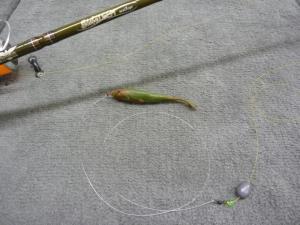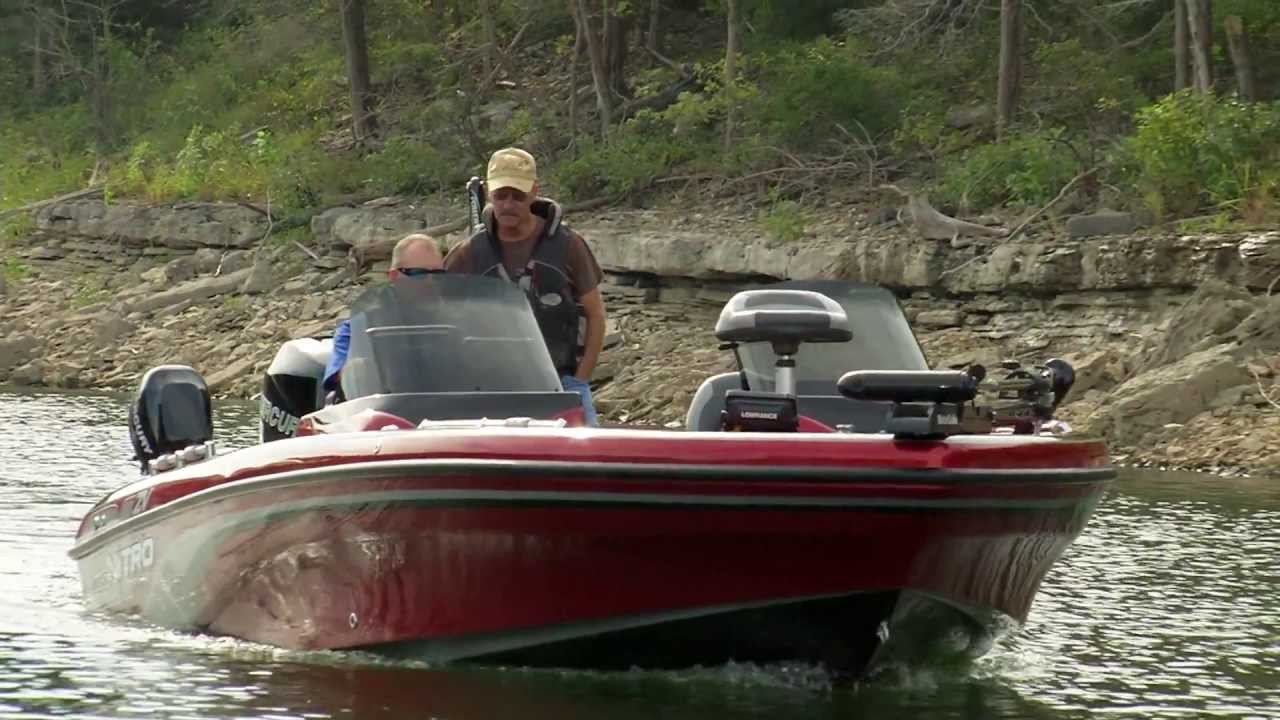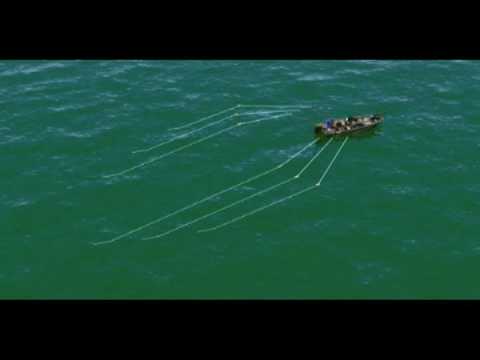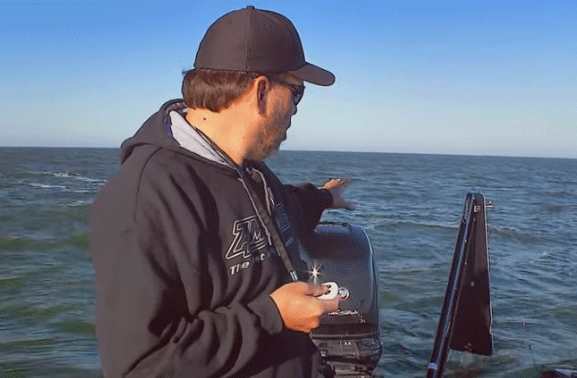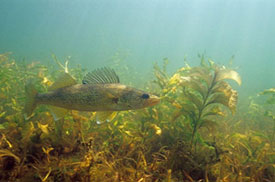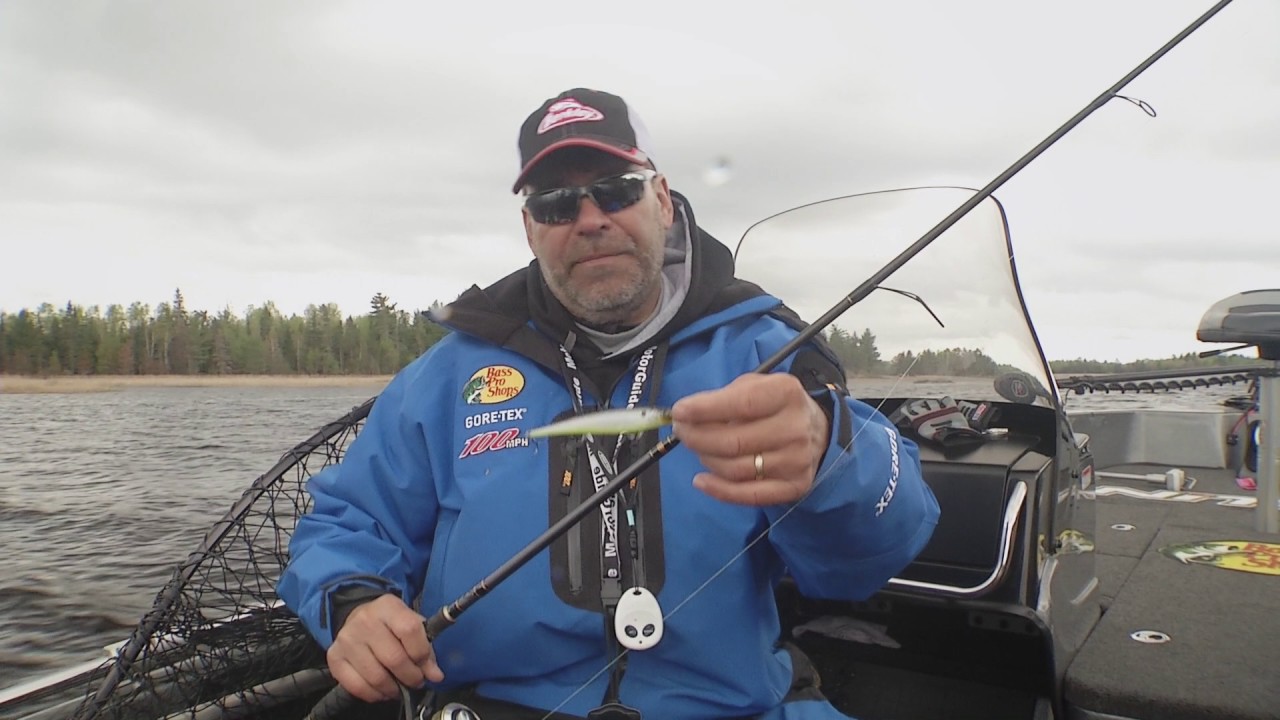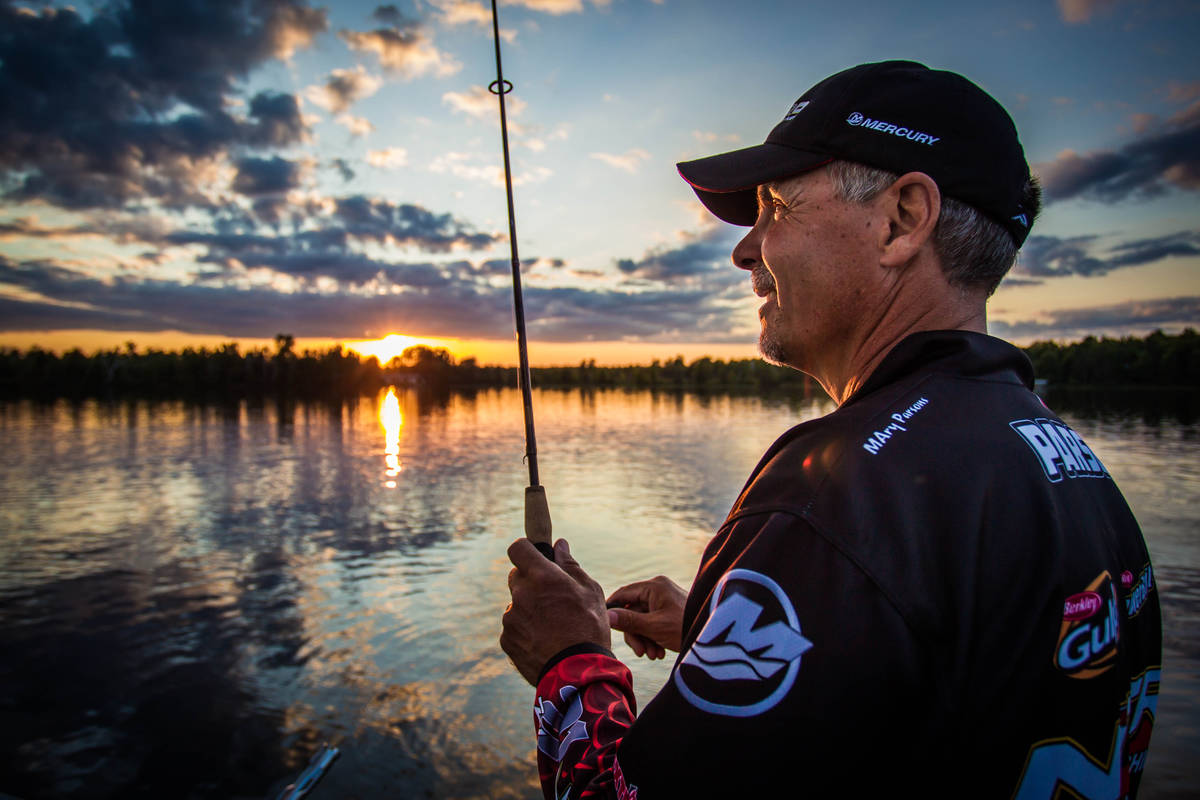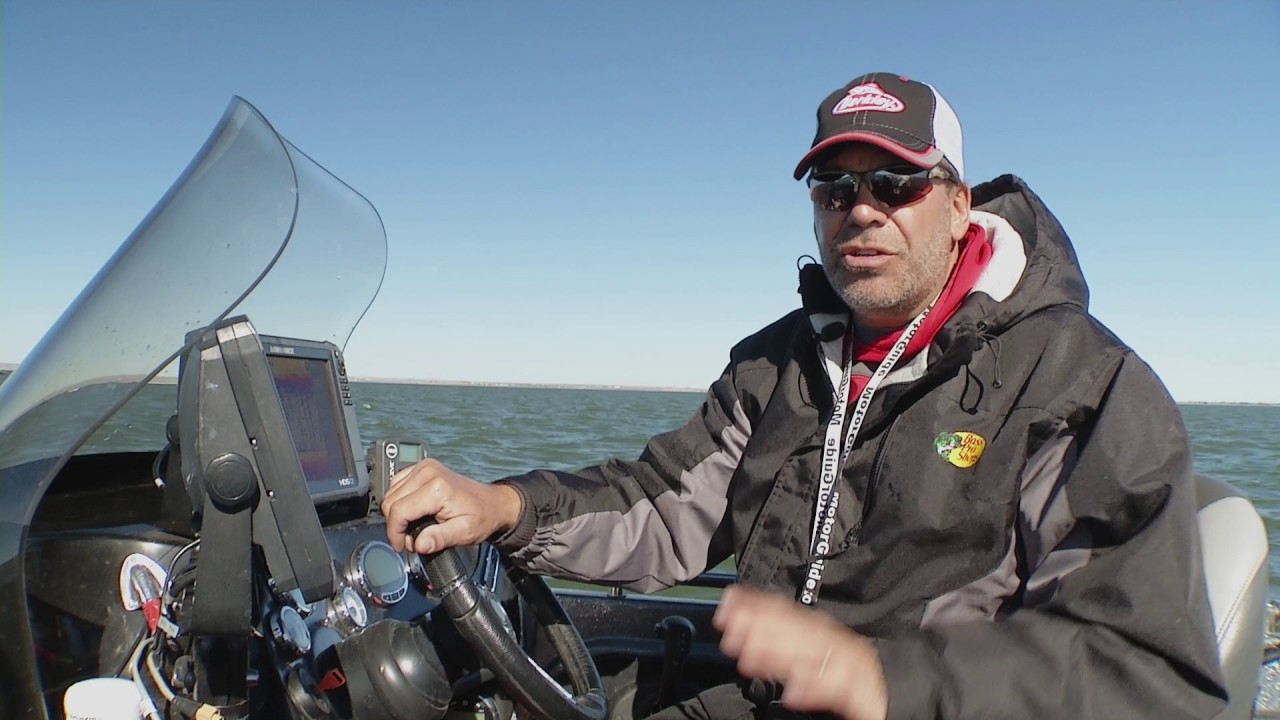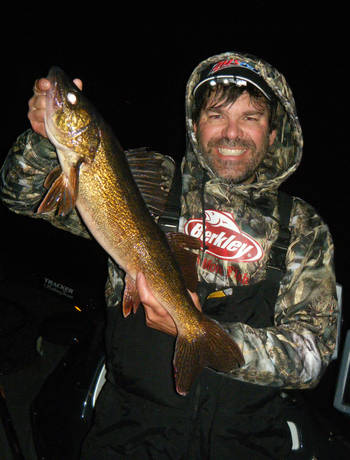 For many outdoorsmen (and outdoorswomen), late fall is all about hunting in the woods and in the fields, but there are a few of us that choose to hunt for walleyes right to the bitterly cold onset of winter. If you live near one of the upper Midwest’s large walleye rivers, you could be right in the midst of one of the best walleye bites of the year. It’s not a bite for the fair weather angler, but it can be one of the most exciting times of the entire year to go for big walleyes.
For many outdoorsmen (and outdoorswomen), late fall is all about hunting in the woods and in the fields, but there are a few of us that choose to hunt for walleyes right to the bitterly cold onset of winter. If you live near one of the upper Midwest’s large walleye rivers, you could be right in the midst of one of the best walleye bites of the year. It’s not a bite for the fair weather angler, but it can be one of the most exciting times of the entire year to go for big walleyes.
Total Solutions Technique
One tactic in particular has proven deadly on these late fall walleyes pitching four inch ringed-bodied worms on a jighead to riprap at night. While this technique was perfected near the town of Red Wing, Minnesota on Pool #4 of the Mississippi River, there’s no doubt it will catch walleyes on other river systems as well. Just above the dam at Red Wing is a power plant that discharges warm water and helps to keep the river open for at least three to four miles below the dam all winter. Although the Mississippi is nicknamed Big Muddy in many areas, during the late fall and winter months, the waters clear, and that is key to the success of this pattern
You’re looking for riprap shorelines that have a little current sweeping across them, especially ones that have a feeding shelf off the first break and access to deeper water. Current in the late fall and through winter is way down on most rivers compared to the rest of the year, so finding the right spots is not as easy as it may sound. Look for spots on river bends and near the dam for the best chance to find good riprap and current.
When you’re pitching jigs like this, how you control and move the jig in the water is critical to success. There’s a fine line between getting snagged and getting bit. You want the jig to swim just inches off the bottom. If you move it too much, chances are you aren’t going to get a bite. What you want to do is pitch the jig tight to the shore and watch the line to know when it hits bottom. Then slowly lift the jig up, letting the jig and tail sweep back with the current as you reel up the slack. This cadence continues until the jig is back to the boat. It’s a painfully slow way to fish, but the bites can be vicious!
Total Solutions Equipment
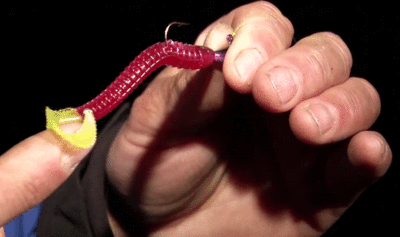 Savvy walleye anglers on the Mississippi have been using artificial tails for walleyes longer than most and there are definitely some tails that have proven themselves over the years. Berkley’s 4 inch PowerBait Rib Worm is ideal for this pitching technique as it sinks slowly, and the tail moves seductively in the current with very little effort. The ribs on the worm’s body also help it to displace more water as it moves along, adding to its action and helping fish to locate the bait in the darkness. Color patterns such as Purple/Chartreuse, Firetiger and Green Sunfish are proven winners as 2-tone worms with bright colored tails are often preferred.
Savvy walleye anglers on the Mississippi have been using artificial tails for walleyes longer than most and there are definitely some tails that have proven themselves over the years. Berkley’s 4 inch PowerBait Rib Worm is ideal for this pitching technique as it sinks slowly, and the tail moves seductively in the current with very little effort. The ribs on the worm’s body also help it to displace more water as it moves along, adding to its action and helping fish to locate the bait in the darkness. Color patterns such as Purple/Chartreuse, Firetiger and Green Sunfish are proven winners as 2-tone worms with bright colored tails are often preferred.
Color of the jig does not seem to matter as much for this type of fishing, but using a light jig is important. 1/8 ounce is the common size, but if there is little or no wind and if the current is fairly subdued, use a 1/16 ounce head. The lighter head will allow the jig/body combo to sweep just above the rocks longer right in the strike zone.
While I am a strong advocate for using no-stretch lines like Berkley FireLine for jigging, this is one tactic that monofilament line is a better choice. I prefer using 6 pound test Berkley Trilene Sensation in the Solar and Blaze Orange colors. The bright colored line makes it very easy to see the line in with the light from a headlamps and watching your line is critical as it’s the best way to see when the jig is on the bottom. The mono also flows in the current much better than a braid line allowing for a much more subtle presentation. Because you’re using a line with more stretch to it, using a very sensitive rod is a must. A six foot high modulus graphite spinning is an ideal choice.
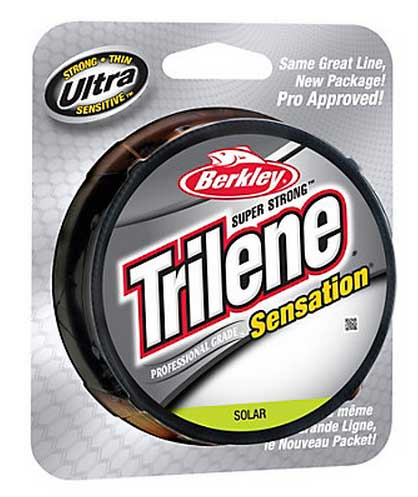
Berkley Trilene SensationåÊ |
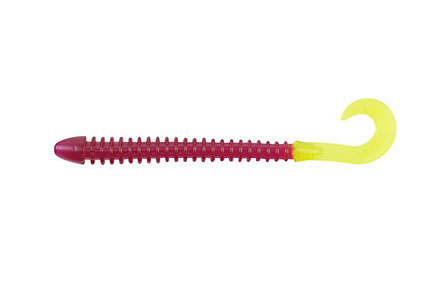
Berkley's 4 inch PowerBait Rib Worm |

